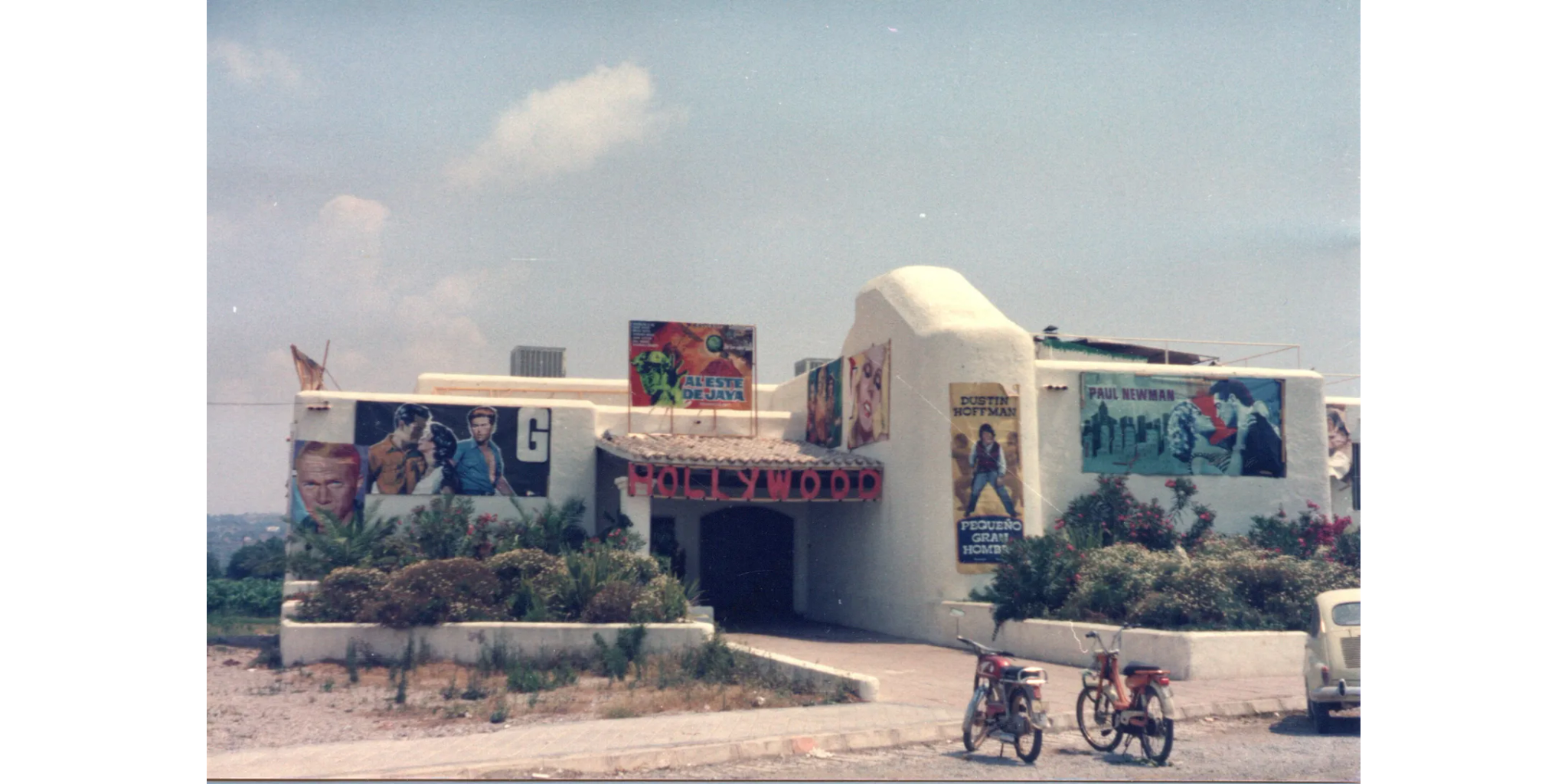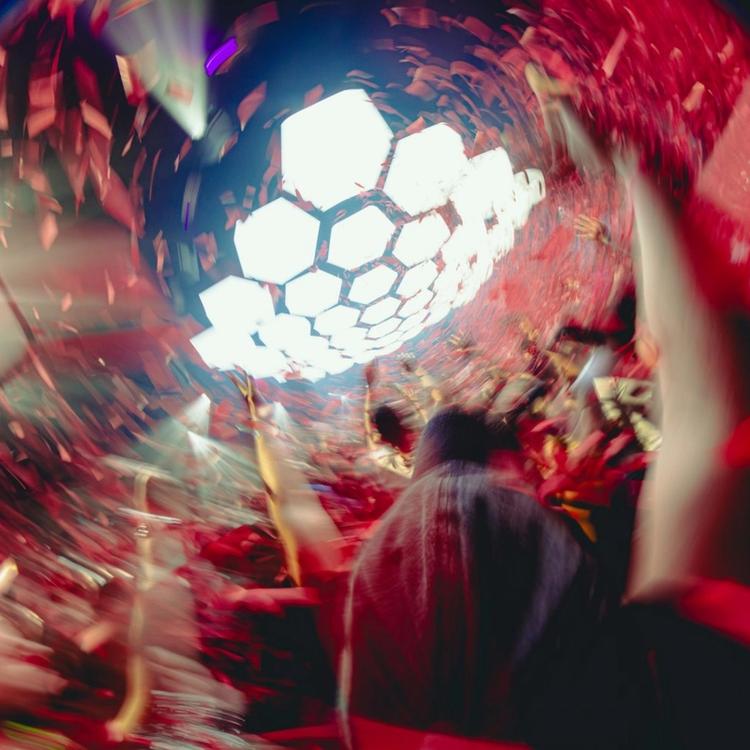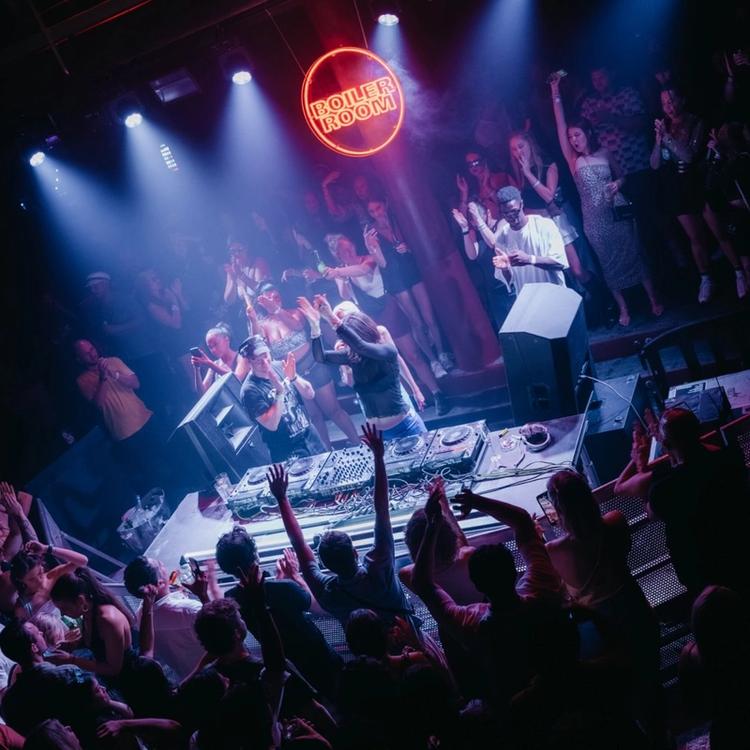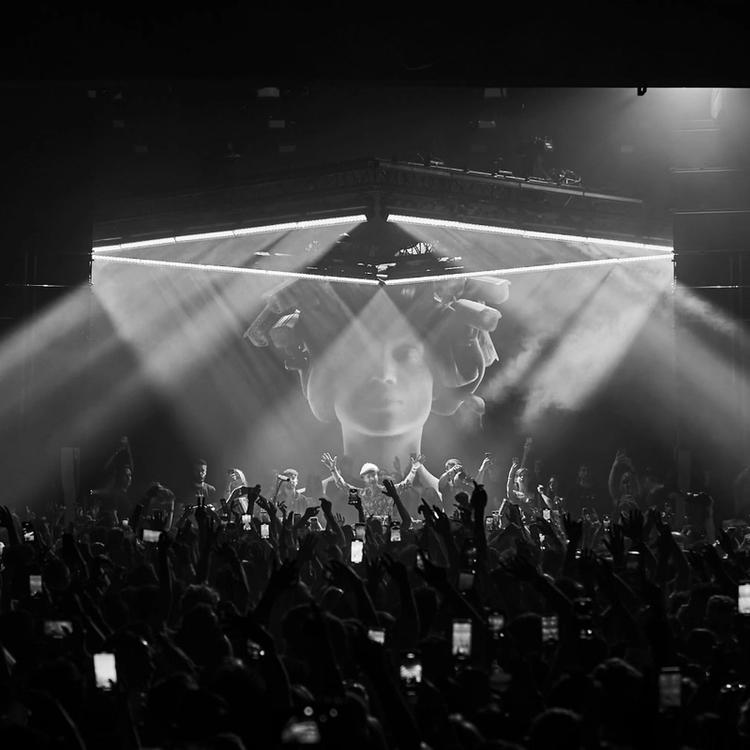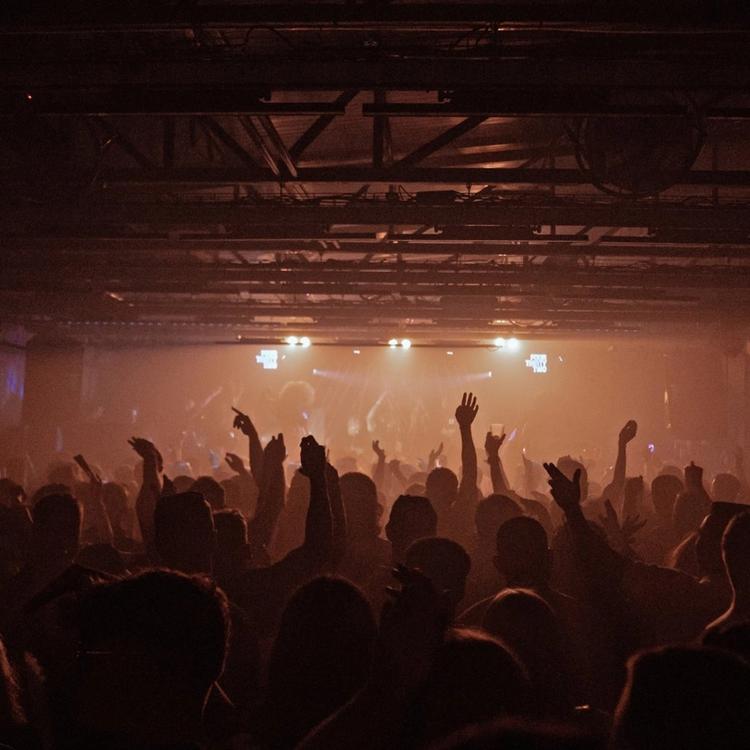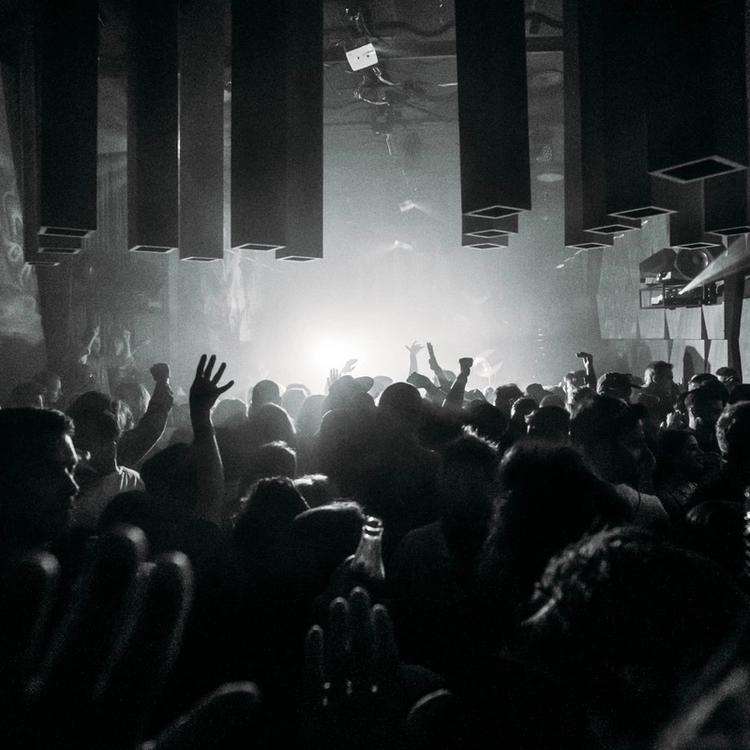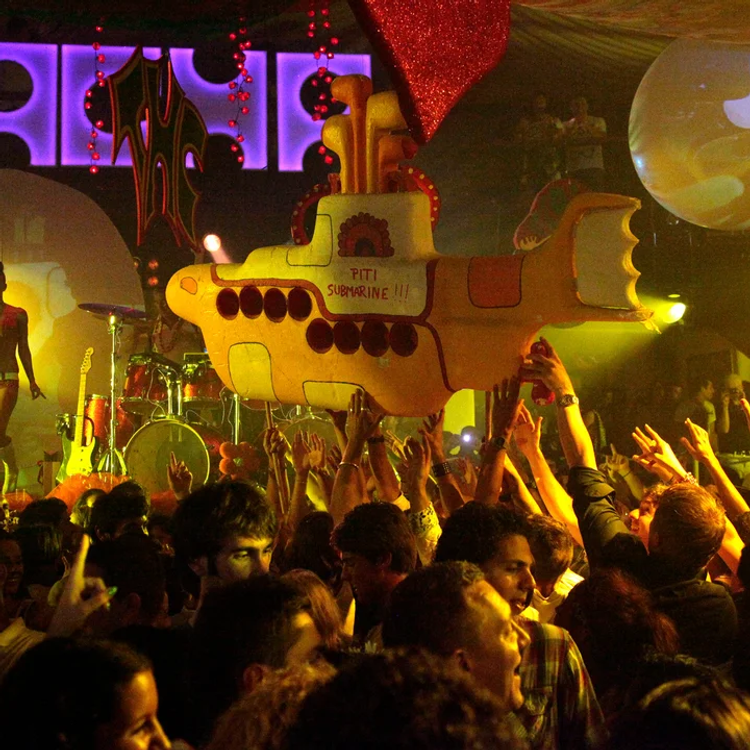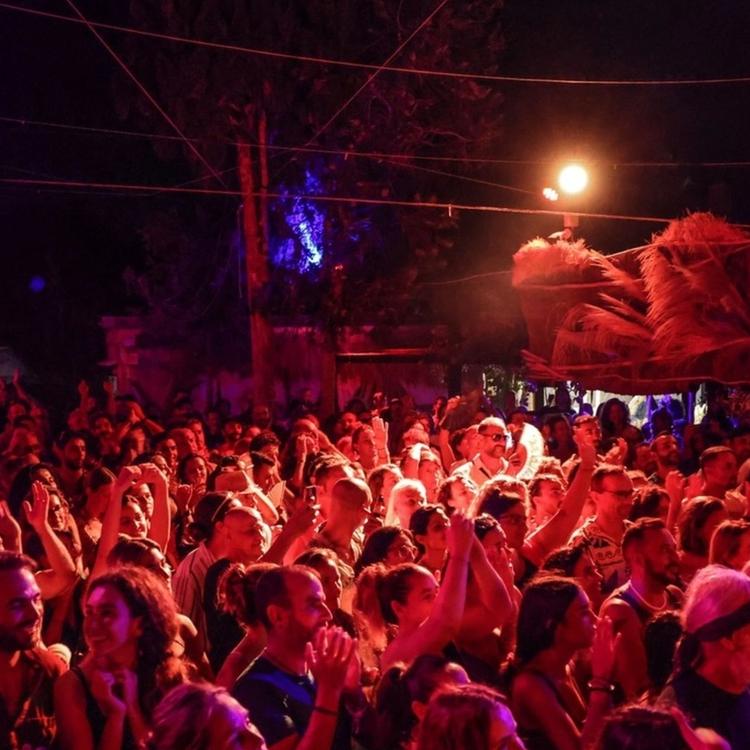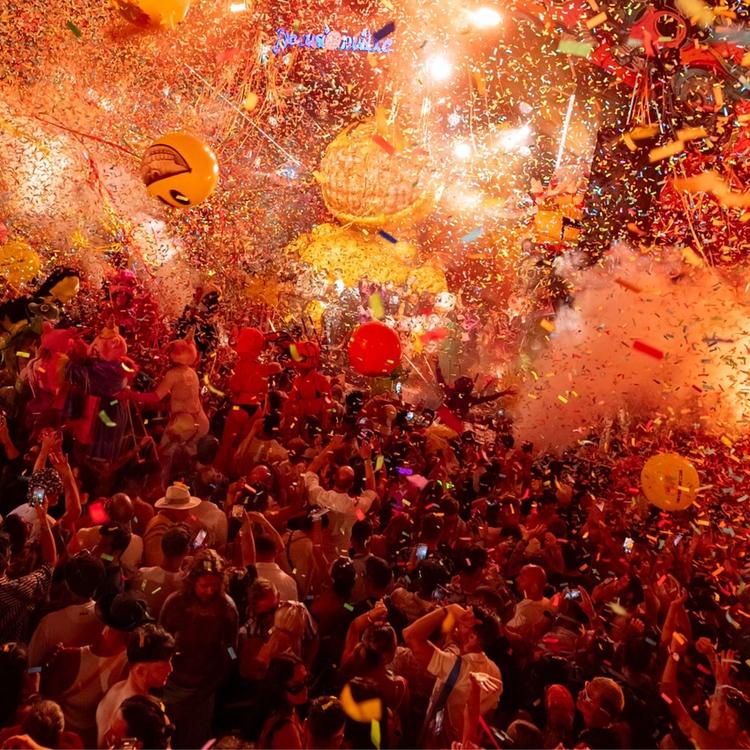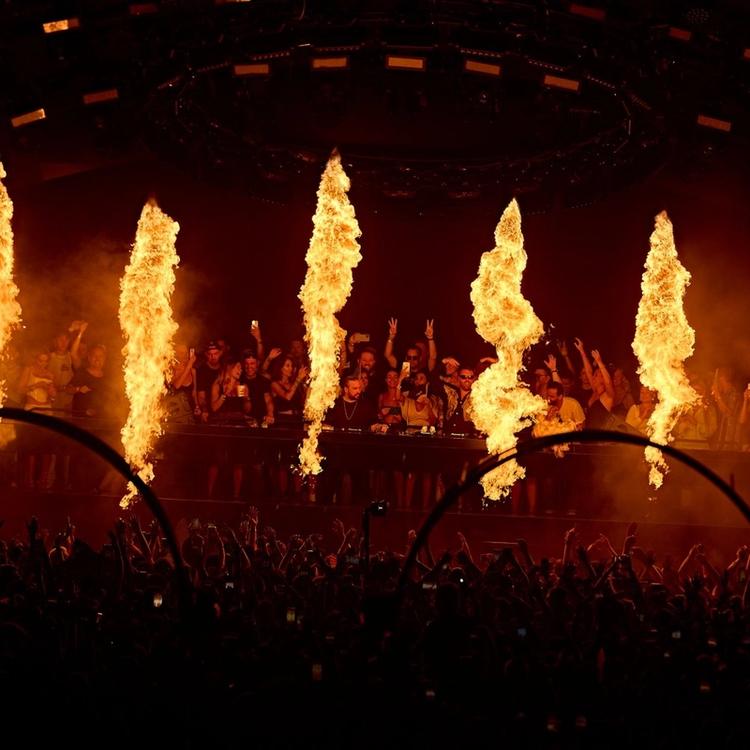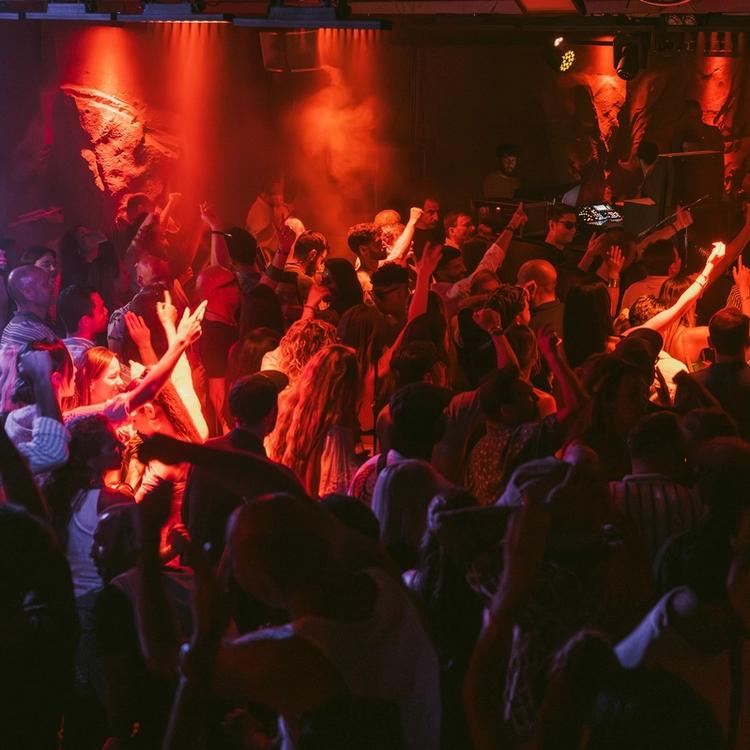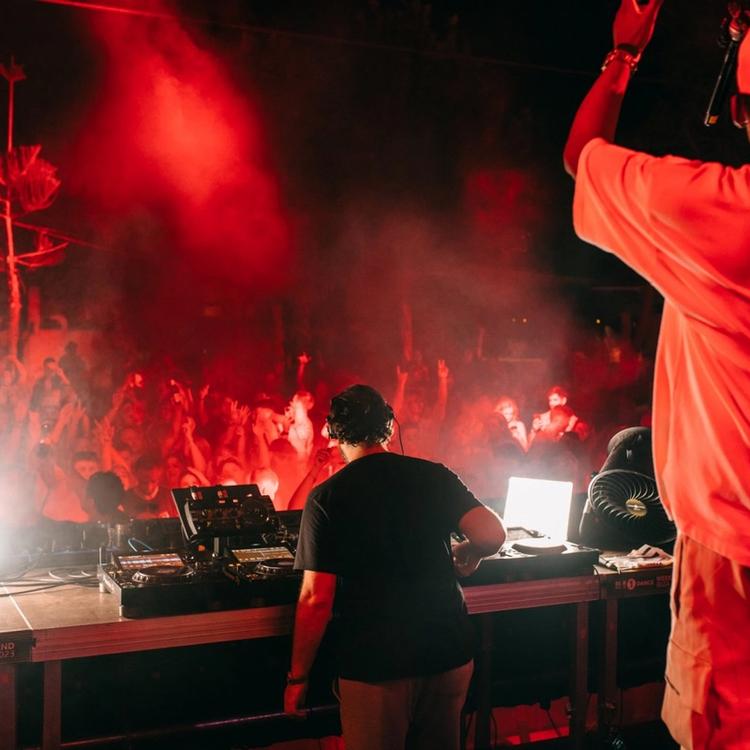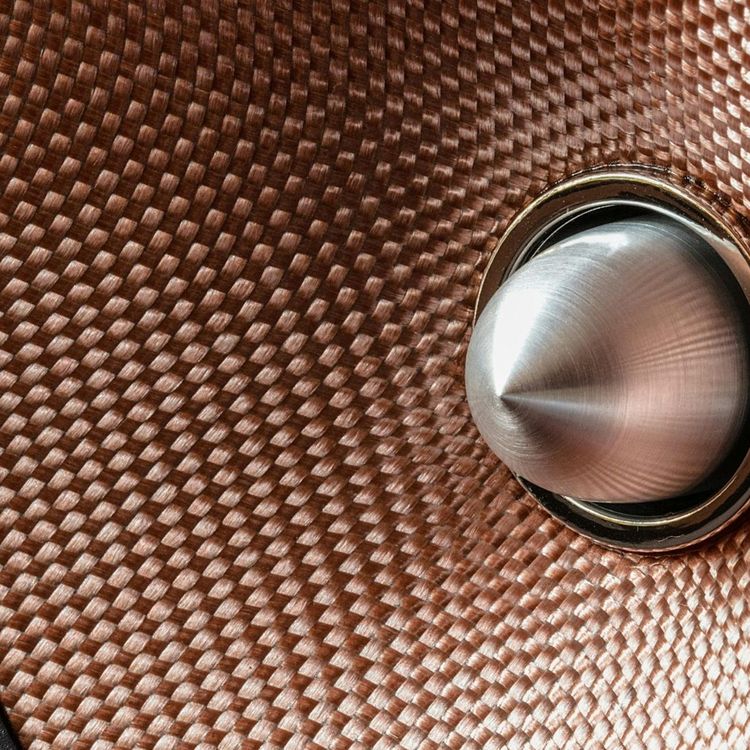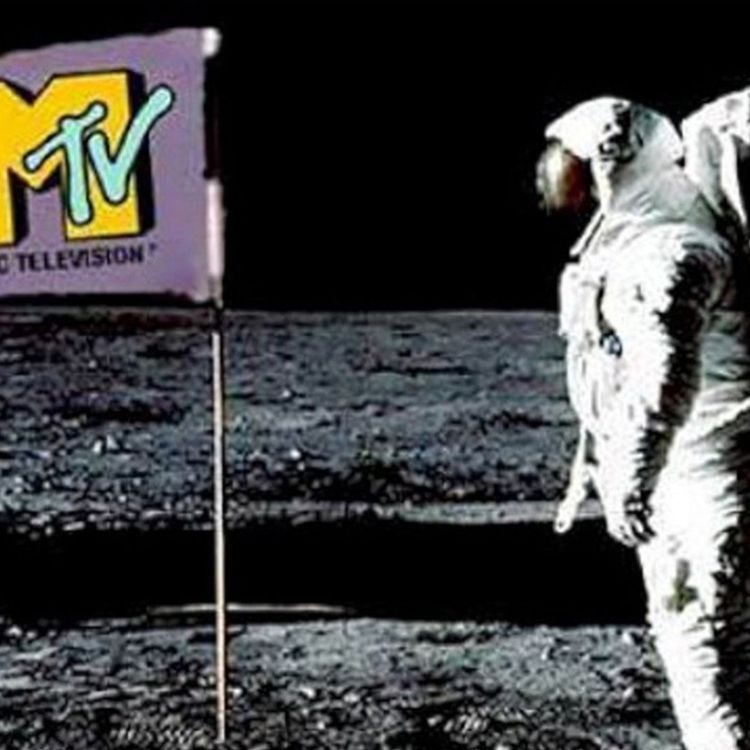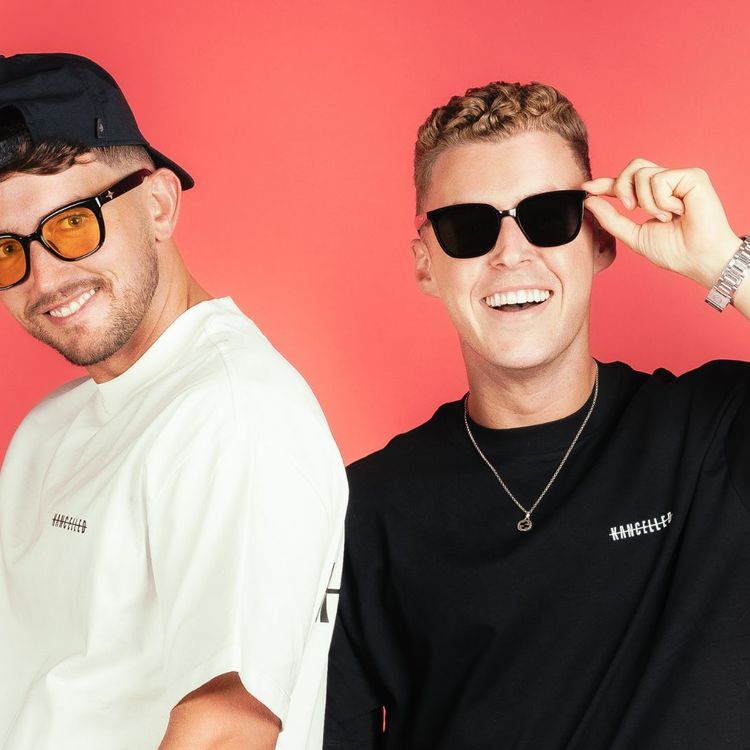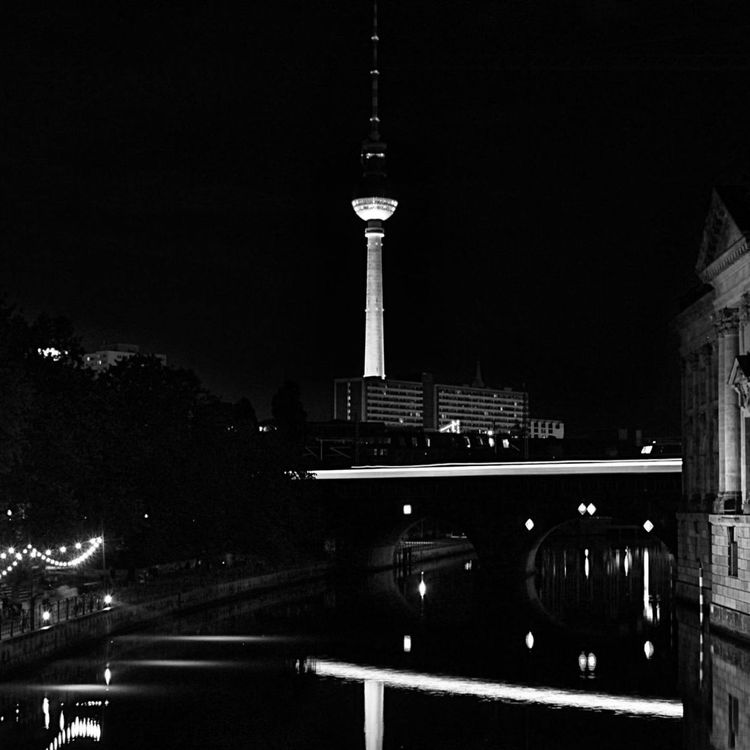From Farmhouse to Dancefloor: The First DJs and Residencies at Pacha Ibiza
In the world of nightlife, few venues can claim the legacy and mystique of Pacha Ibiza. Today, the iconic cherry logo is synonymous with glitz, glamour, and global superstar DJs - but its story begins far from the VIP booths and headline names. To truly understand the magic of Pacha, we have to go back to the beginning: to a whitewashed farmhouse on the shores of Talamanca in 1973, and to a handful of DJs who helped turn a simple island dream into a cultural phenomenon.
The Birth of Pacha: A Risky Bohemian Vision
Pacha Ibiza was founded in 1973 by Spanish entrepreneur Ricardo Urgell and his brother Piti. The club opened during a time when Ibiza was still an under-the-radar haven for artists, hippies, and bohemians - an island retreat from the constraints of General Franco’s Spain. Locals and early expats warned Urgell the venture would flop: “Who are you going to fill it with? A bunch of hippies?” they said. But the Urgells saw something others didn’t. The Ibiza of the early 70s was raw, free, and magical - a perfect canvas for an entirely new kind of nightlife.

Housed in a rustic finca surrounded by palm trees, Pacha Ibiza didn’t look like a nightclub in the traditional sense. That was exactly the point. It felt like an extension of the island’s natural spirit - open-air, unpretentious, and deeply connected to its surroundings. On opening night, the first record played was The Beatles’ Sgt. Pepper’s Lonely Hearts Club Band - a fitting soundtrack to what would become a psychedelic dance utopia.
The First DJs: Piti Urgell and the Flower Power Ethos
In its earliest days, Pacha didn’t have superstar DJs or even mixing decks. The DJ booth was tucked away near the wall, and selectors simply flipped from one record to the next. Among the very first DJs was co-founder Piti Urgell, who embodied the spirit of the island: laid-back, music-obsessed, and a lover of all things psychedelic and soulful.
Piti became the heartbeat of Pacha’s original musical identity. He curated soundtracks that reflected the freedom of the era - think Jefferson Airplane, The Rolling Stones, Motown hits, and early funk grooves. His most iconic contribution came in the form of Flower Power, a weekly party he created that celebrated 1960s and 70s nostalgia. These nights were a riot of peace signs, daisies, incense, and trippy visuals, a time-travel experience where hippie culture was reborn on the dancefloor.
One story captures the essence perfectly: during a Flower Power night, club-goers watched as a bed rolled through the crowd with two John and Yoko lookalikes smoking a joint to the tune of Imagine. This is Pacha’s magic - sometimes not about big names, but about big feelings.
Music Before the Mix: Ibiza’s Pre-House Soundtrack
In the 1970s, Ibiza's soundtrack wasn’t defined by house or techno. The music was a colorful blend of American soul, classic rock, funk, disco, and European pop. The DJs at Pacha, mostly local or Spanish selectors, played to a crowd that was just as eclectic. These weren’t dance music purists. They were artists, musicians, wanderers, and sun-drenched adventurers, all looking to lose themselves in rhythm.
What made Pacha stand out wasn’t just the music, it was the atmosphere. While some nights were purely for dancing, others felt like surreal theatre. Mick Jagger might be spotted dancing barefoot in a corner. Bob Marley dropped by during his island visits. The line between celebrity and local melted in the Ibizan heat.
Turning the Booth Around: The Rise of the DJ in the 1980s
By the early 80s, change was in the air. Technology was evolving, and with the arrival of Technics SL-1200 turntables, beatmatching and mixing became possible. In 1983, Pacha made a symbolic move: the DJ booth was physically rotated to face the dancefloor, signaling the rise of the DJ as a central figure in the clubbing experience.
This coincided with the arrival of a new generation of selectors, most notably DJ Pippi (Giuseppe Nuzzo), an Italian who brought with him a flair for eclectic, genre-blending sets. Having cut his teeth in Germany, Pippi introduced Ibiza to a sophisticated blend of soul, rock, R&B, and the early strains of house music. His sets often lasted all night, guiding dancers through waves of mood and style in what would later be known as the Balearic beat.
Pippi wasn’t alone. He soon formed a core team of residents at Pacha including local DJ Joan Ribas and Spanish selector César de Melero. Together, they shaped the club’s sound in the mid to late ’80s, ushering in an era where house music began to take root in Ibiza’s sandy soil.

The Balearic Beat and the Shift to Dance Culture
Pacha’s residents in the 1980s were creating a new philosophy of sound. Rather than sticking to a single genre, they wove together seemingly disparate tracks to build emotional journeys. A night might include David Bowie, Kraftwerk, early Chicago house, and a Balearic pop oddity in one seamless mix. This open-minded musical freedom became Ibiza’s signature and inspired DJs around the world.
Pacha’s parties began to draw in not just hippies and artists, but also a new breed of traveler: the raver. Young Europeans hungry for futuristic sounds found paradise in Ibiza’s evolving club scene. Pacha balanced the old and new masterfully, hosting glamorous, theatrical nights while also becoming a serious destination for cutting-edge dance music.
Cultural Impact: The Seeds of Global Club Culture
What happened at Pacha in the 70s and 80s didn’t stay on the island. In 1987, four British DJs - Paul Oakenfold, Danny Rampling, Nicky Holloway, and Johnny Walker - visited Ibiza and were blown away by the vibe. Though much of the lore centers around Amnesia and DJ Alfredo, Pacha was part of the same magic. The Brits returned home and helped spark the UK’s acid house explosion, planting the seeds for modern club culture as we know it.
Pacha also pioneered the idea of blending VIP elegance with dancefloor freedom. It was one of the first clubs in Ibiza to introduce a VIP section, long before bottle service became a cliché. But this wasn’t about exclusion; at Pacha, the jet-set and the barefoot hippie shared the same space, dancing beneath the stars.
Legacy
By the time the 1990s rolled around, Pacha was no longer just a charming Ibiza nightclub, it was a global brand. But its DNA had already been set by the DJs and residents of its early years. The spirit of freedom, eclecticism, and Balearic flair that Piti, Pippi, and their peers infused into the club still lives on today.
Even now, you can still find Flower Power nights at Pacha. You can still hear genre-defying sets from resident DJs. And if you close your eyes just long enough, you might still feel the breeze of a summer night in 1973, when a Beatles record played in a farmhouse, and a revolution in rhythm began.
